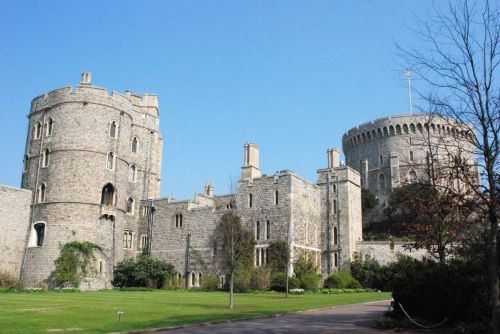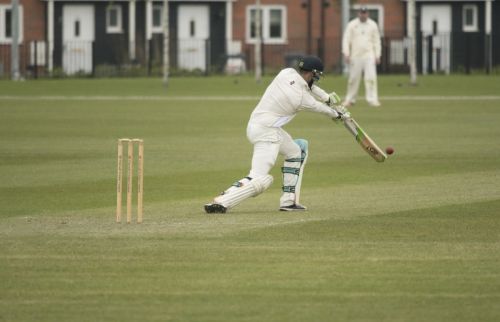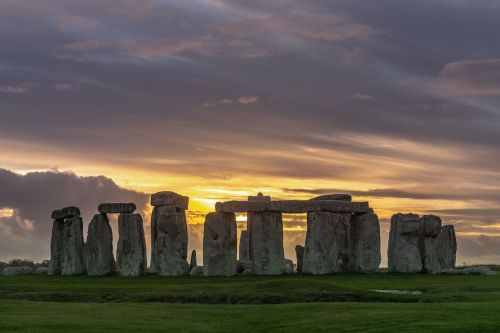49 facts about Ernest Hemingway
Ernest Hemingway, one of the most outstanding writers of the 20th century, was a “citizen of the world” who, although he spent most of his life outsid ...
He is the most prominent figure in English and world literature and a reformer of theater. His works such as “A Midsummer Night’s Dream,” “Romeo and Juliet,” “Hamlet,” “Othello,” “King Lear,” “Macbeth,” and “The Tempest” have made him considered the unsurpassed playwright of all time. Despite speculation about the mysterious author who hides under the famous name, most authorities today recognize him as the actual author of the plays long attributed to him. Little is known of his private life, with many years of his life shrouded in mystery. He amassed a sizable fortune and was an entrepreneur and artist. It is also presumed he dabbled in usury on a minor scale.













